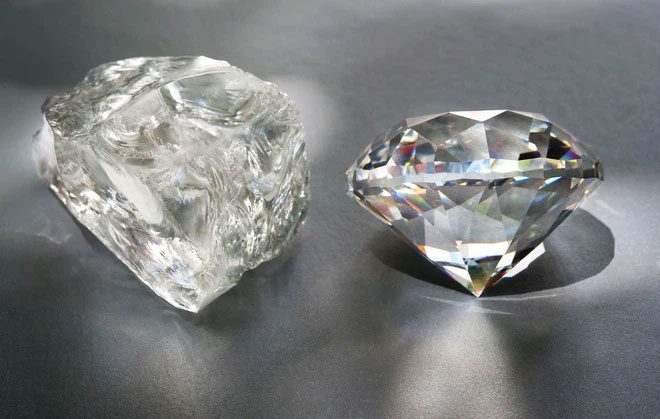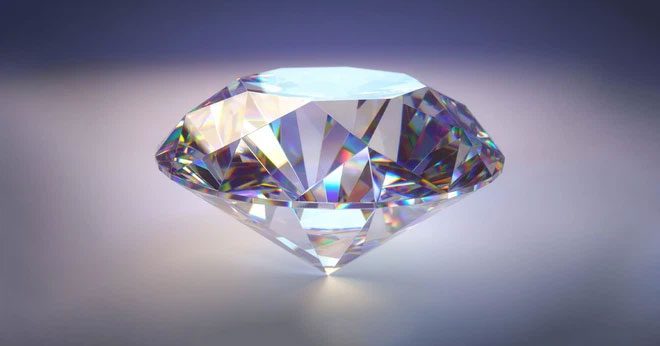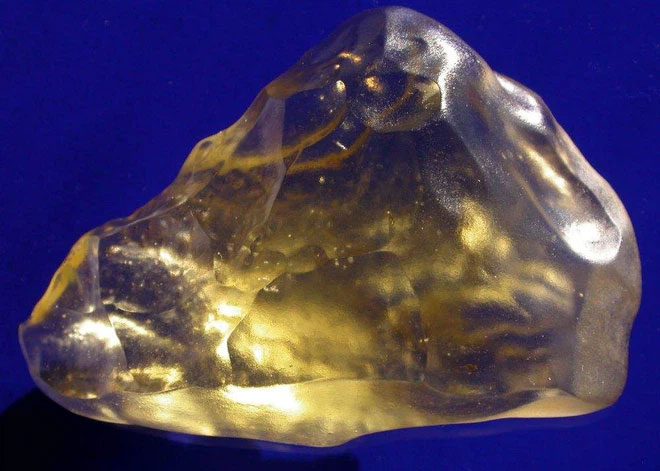Not just jewelry for women, diamonds also have many practical applications. Due to their high hardness, this mineral is used to make industrial cutting blades and specialized drill bits.
Diamonds are a highly valuable material, and scientists have long sought to create a similar hard material. Now, they have been able to produce something even better than natural diamonds.
Scientists believe that lonsdaleite, also known as hexagonal diamond, is even harder than diamond. However, this rare material exists only in limited quantities in nature, often found in meteorite impact craters, and the amount of lonsdaleite is insufficient for hardness testing. Researchers from the Impulse Physics Institute at Washington State University have synthesized lonsdaleite for measurement, reinforcing their existing beliefs.

Diamonds are used to make industrial cutting blades and specialized drill bits.
A New Type of Synthetic Diamond
Researchers at the Impulse Physics Institute at Washington State University have synthesized a hexagonally structured diamond large enough for hardness studies in experiments.
“Diamond is a very special type of material,” said Yogendra Gupta, the institute’s director and author of the study. “Not only is it the hardest material – diamond also has unique optical properties and excellent thermal conductivity. Now we have synthesized a form of hexagonal diamond through a method of sudden shock, and this material is significantly harder and more durable than conventional jewelry diamonds.”

Diamond is a very special type of material.
Using gunpowder and compressed gas, Gupta’s research team fired graphite discs the size of coins into a transparent material at a speed of 15,000 miles per hour. Upon impact, shockwaves traveled through these discs and created lonsdaleite.
Testing Hardness with Sound Waves
The harder the material, the easier sound travels through it. Based on this principle, the researchers used strong impacts to generate sound waves and then tracked the distance they traveled through lonsdaleite. The results showed that this material is harder than diamond.
Since harder materials are also more durable and scratch-resistant, the team concluded that lonsdaleite is 58% tougher than diamond – a new record. They published their findings in the journal Physical Review Letters.

Lonsdaleite is 58% better than diamond.
We need not worry that synthetic super diamonds produced in laboratories will render existing jewelry worthless. Lonsdaleite only exists for a few nanoseconds before strong impacts destroy them, the brief duration only allowing scientists to measure their hardness. Professor Gupta believes that if the lifespan of lonsdaleite could be extended, we would have a dazzling material that is tougher than diamond.
Yogendra Gupta poses the question: “If we can produce and polish them, I think they will be more popular than regular diamonds, which have a cubic crystal structure. If someone told you that you could choose one of the two, which type of diamond would you choose?”




















































